The “Lord God bird” may have risen from the dead.
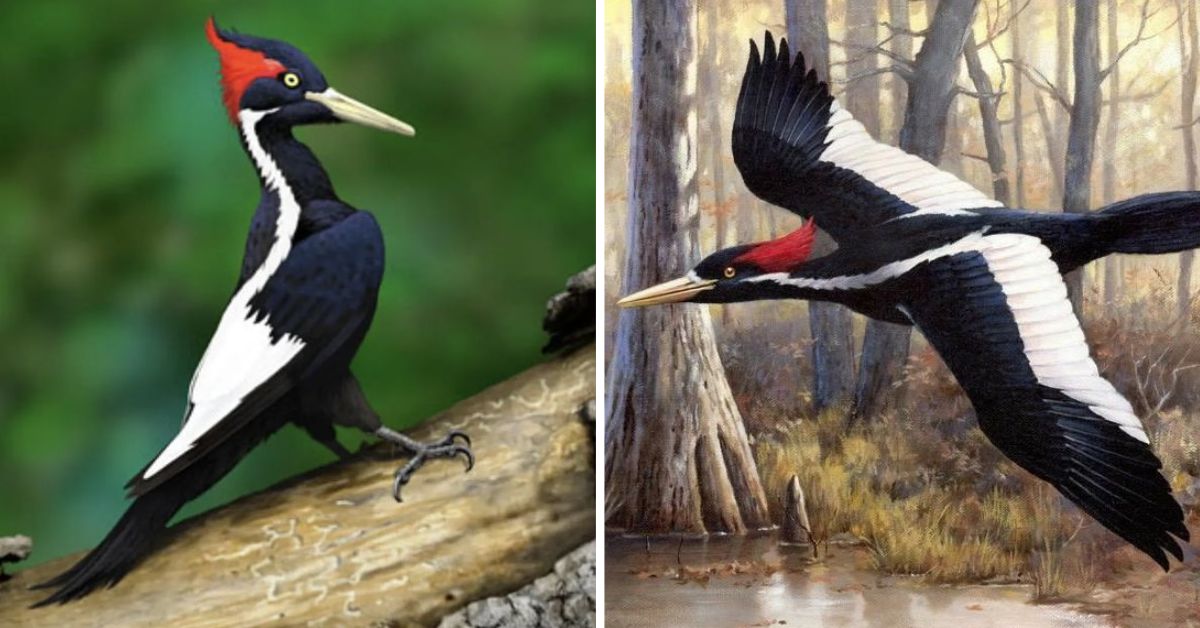
Ornithologists say the ivory-billed woodpecker, a bird given its rather devout-sopunding nickname because of its large size, may still be out there in the remote hardwood forests of Southeastern U.S, even though the last confirmed sighting of the bird occurred way back in 1944.
The U.S. Fish and Wildlife Service proposed to declare the bird extinct last year, but has now announced a six-month extension to receive more information after ornithologists, including Auburn University’s Geoffrey Hill, say there’s substantial evidence that the elusive “ghost bird” is still out there.
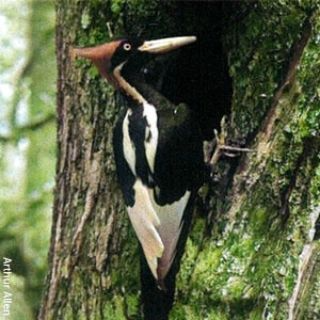
Photo Courtesy of Instagram/@keltisk_skog
“Recognizing substantial disagreement among experts regarding the status of the species, the Service is extending the deadline to allow for additional time to review information,” the Wildlife Service said.
Geoffrey Hill who was made famous for his work studying unusual bird coloring mentioned that he and a group of his students thought they had “really strong evidence,” that the ivory-billed woodpecker was still clinging to existence in Florida’s Choctawhatchee River basin in 2005 and 2006.
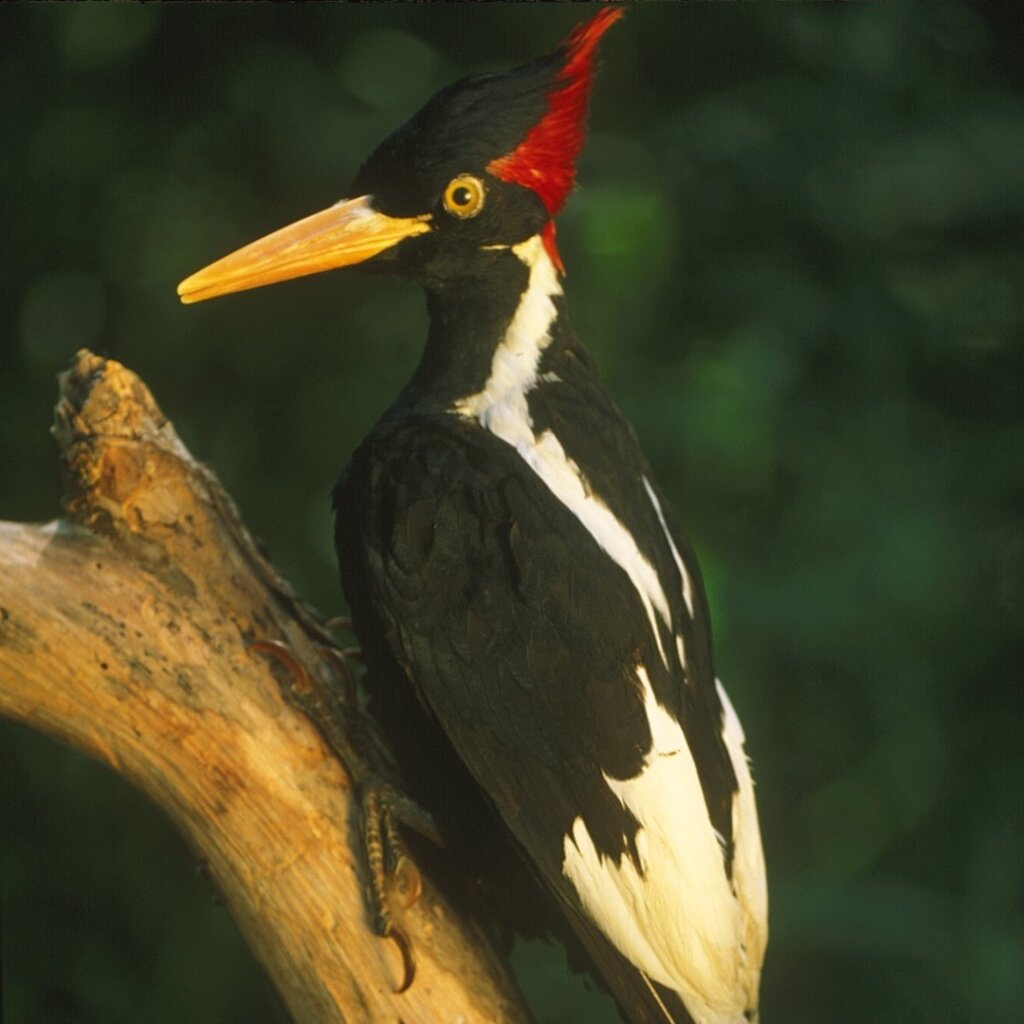
Photo Courtesy of Instagram/@global.conservation.solutions
Graeme, and other people, that claim to have seen the bird in person, but lack the definitive photo or video to prove the bird is still alive.
“I thought we presented really strong evidence for a population in Florida,” Hill told AL.com this week. “But it wasn’t the IMAX movie that everybody wanted to see, with really clear images of the bird.”

Photo Courtesy of Instagram/@_history_animals_
Graeme said that he and his Auburn students did capture some images and sound recordings of the bird, however, none were clear enough to declare the species was still in existence.
“We’ve got many sound recordings of the birds,” Hill said. “And we’ve got a bad video of a bird that’s consistent with the ivory-billed woodpecker. I thought we documented the bird pretty well, but it did come short of a nice, clear video or photograph.”
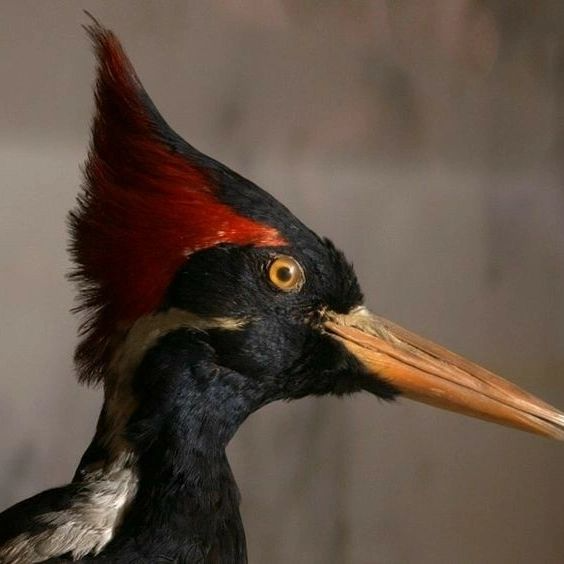
Photo Courtesy of Instagram/@mandyrogers100
Another team of ornithologists announced this year they had captured trail camera footage along with other evidence of the ivory bill’s existence in rural Louisiana.
The ivory-billed woodpecker is the largest known woodpecker in the United States, with a wingspan of up to 31 inches. The bird is known for its striking black-and-white plumage, white bill, lemon-yellow eye, and a pointed crest. The male’s crest is bright red, while the female’s is black.

Photo Courtesy of Instagram/@avem.theband
The bird was once common across the Southeast, including Alabama, but hunting and habitat loss drove the majestic woodpecker nearly, or perhaps completely, to extinction, beginning in the early 1800s.
“It was apparently a fairly common bird, up until about the mid-19th century, up until really probably around the end of the Civil War,” Hill said.

Hill went on to say that technological advances at the time made it easier to log in theSoutheastern swamps. People also hunted woodpeckers for food in the years after the Civil War.
“Post-Civil War was a time of famine, and a lot of natural resources were consumed, so a lot of species became rare, or went locally extinct,” he said.

Photo Courtesy of Instagram/@mandyrogers100
The last confirmed, live ivory-bill was documented in northern Louisiana in 1944. The Fish and Wildlife Service species recovery plan says the bird relies on large, contiguous forest land, foraging among dead and decaying wood from downed trees for insects. Such large, undisturbed tracts of forest land have become more rare.
Hill said that if the sightings are indeed ivory-bills, researchers don’t currently have enough information to determine whether the bird is still just hanging on in a few locations, or whether it might be making a comeback.
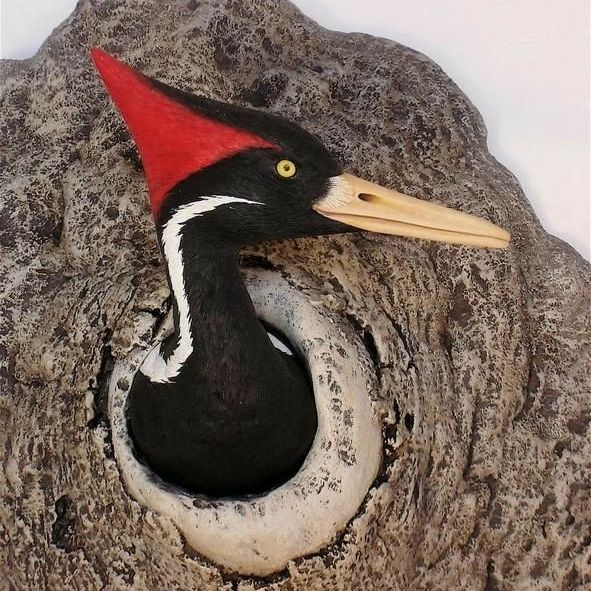
Photo Courtesy of Instagram/@mandyrogers100
“We don’t have any idea whether these last few birds are petering out, or if they actually have already bottomed out, and they’re coming back slowly,” he said. “Or maybe they’re just kind of stuck in the stable, very low population state. There’s no data, so we don’t know.”
Hill said there’s been no recent evidence of the ivory-bill in Alabama, but areas in the Mobile-Tensaw Delta could be an ideal habitat if the bird were to make a recovery.

“If they are recovering, there’s plenty of habitat for them now,” he said. “The Apalachicola River system, the Choctawhatchee, the Conecuh River system, and the Mobile-Tensaw Delta are just huge wetland habitats for those birds. So if they are able to reproduce, and their populations aren’t so small that they’ve lost all their genetic diversity, they have plenty of room to come back into.”